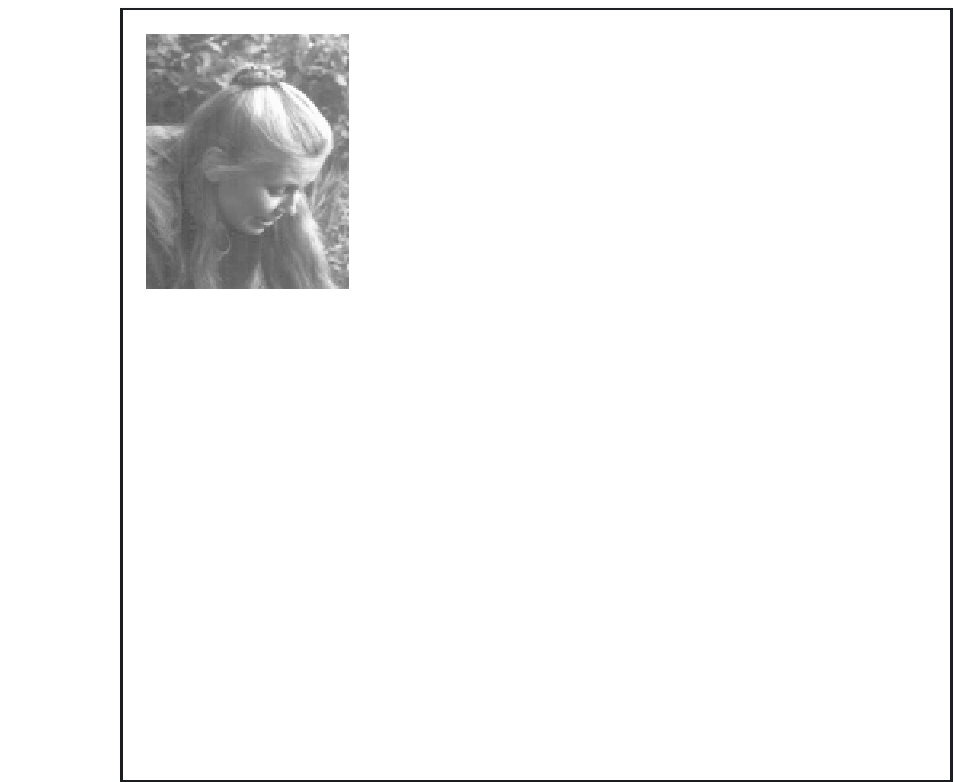Environmental Engineering Reference
In-Depth Information
Biography 18.1. JUDY MEYER
Dr. Judy Meyer (Fig. 18.5) is a leading investigator in the
field of stream ecology. She began to study for a master's de-
gree in aquatic biology at the University of Hawaii because
of an interest in dolphins but wound up studying the math-
ematics of nutrient limitation of phytoplankton. When she
realized that a PhD would give her control over her career,
she switched to studying freshwater because she did not en-
joy organizing and participating in large oceanographic
cruises. She decided to specialize in streams because she
liked collaborating with the stream ecologists she met.
Meyer has more than 100 publications, many in the top scientific journals. She
has been president of the Ecological Society of America and has served on numer-
ous scientific boards and committees. She has studied a broad variety of topics from
coral reefs to stream food webs. Much of her recent research is on organic carbon
as a food source for stream bacteria and the subsequent utilization of the microbes
as a food source for higher trophic levels. She also has emphasized human impacts
on aquatic environments both in recent research and through her involvement in pol-
icy issues.
Her suggestions for students are to seek multidisciplinary training to gain a
holistic perspective and to remember that everyone starts as a novice. As an under-
graduate, Meyer went to work at a premier stream research site, Hubbard Brook,
and did not know what a weir was. Also, she thinks students should concentrate on
humans as part of the ecosystem. In stream ecology she considers linkages between
streams and riparian zones as a crucial component of future research.
Meyer is an excellent example of a top-level scientist who works collaboratively.
She has had an outstanding career while successfully raising a family. She is an orig-
inal thinker, a hard worker, and a high achiever.
FIGURE 18.5
Judy Meyer.
Population controls by viral infection have been postulated to have
several community effects. Many of these mechanisms are based on the epi-
demiology of infections. The host cell density needs to be great enough that
the virus is not inactivated before it reaches a viable host cell. Factors that
inactivate viruses include UV radiation and sunlight (Wommack
et al.,
1996), absorption to organic (Murray, 1995) and inorganic particles, ab-
sorption to non-host cells, and predation by microflagellates (Gonzalez and
Suttle, 1993). Below a certain density, the infection will not spread. These
interactions can be modeled with standard ecological predator-prey ap-
proaches. The models apply to simple laboratory systems with bacteria and
viruses (Bohannan and Lenski, 1997).
Viral infections keeping cell densities below a threshold level may pre-
vent competitive dominants from overrunning less competitive cells. This
relationship was invoked by Suttle
et al.
(1990) to help explain the pres-
ence of phytoplankton species that are not competitively dominant (i.e., the
“paradox of the plankton”; see Chapter 16).

Search WWH ::

Custom Search